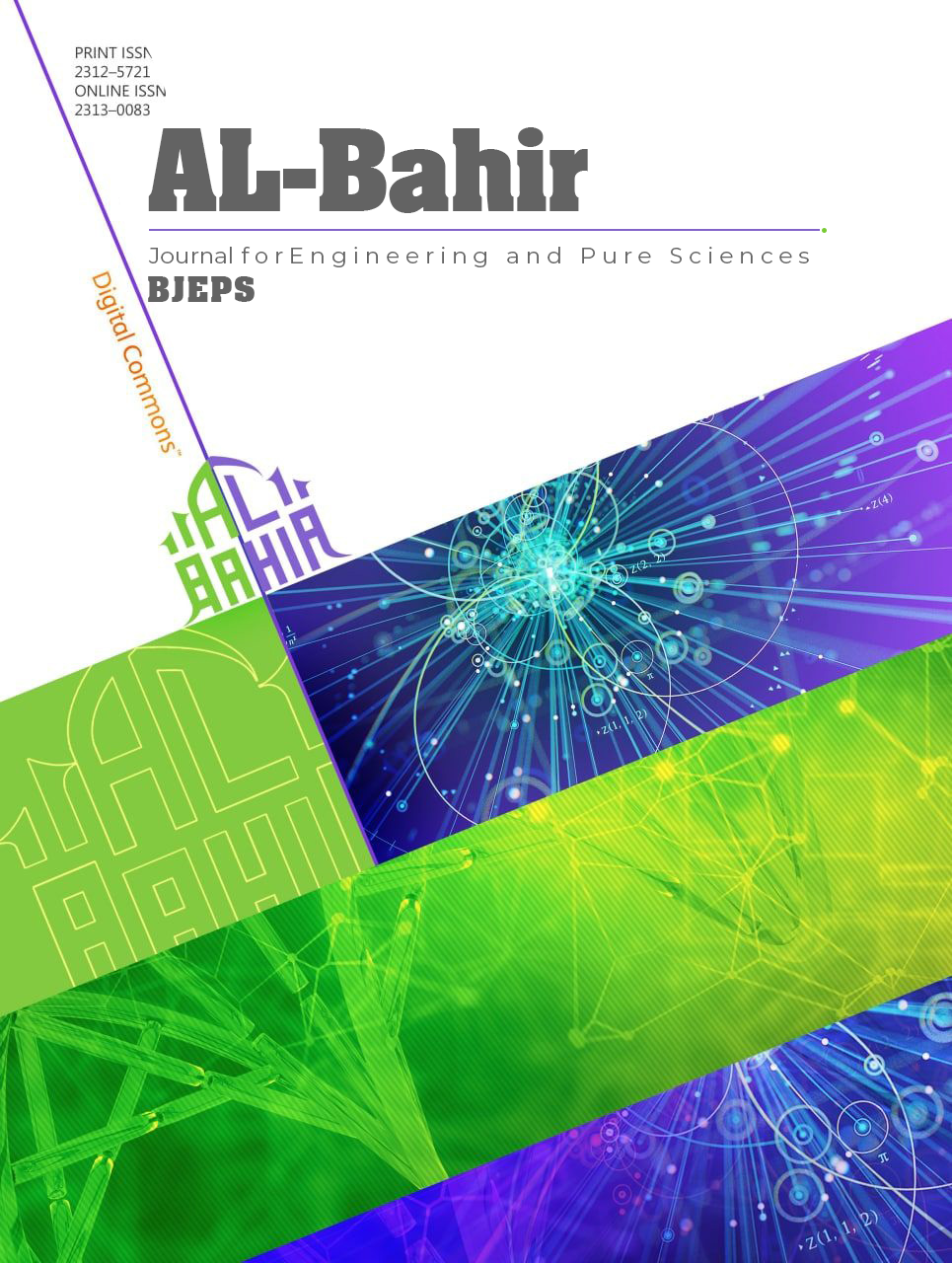Abstract
Currently, we synthesized silver nanoparticles (AgNPs) from the aqueous fruit extract of Carissa carandas L. and
evaluated their antioxidant and antibacterial properties. The UVevisible spectra showed a characteristic absorption
peak at 412 nm. The Fourier transform infrared (FTIR) spectroscopy exhibits intense peaks at 3430.23 cm¡1 and
1625.67 cm¡1 which indicates the involvement of flavonoids and other functional groups in the biosynthesis, capping, and
stabilization of AgNPs. From XRD analysis, the average size of AgNPs was estimated to be 45 nm. The biogenic AgNPs
were spherical in shape and average size range between 10 and 95 nm confirmed by HR-TEM analysis. The fabricated
AgNPs by fruit extract were monitored for antioxidant activity using DPPH method. The fruit extract of AgNPs
(IC50 ¼ 946.22 mg/ml) had the highest antioxidant activity against standard ascorbic acid. The antibacterial activity was
done using Staphylococcus aureus and Escherichia coli bacterial strains. It was found from the results that the bacterial
strain S. aureus had the highest antibacterial activity when compared to E. coli and aqueous fruit extract. Thus, the present
study exhibits synergistic antioxidant and antibacterial activity which may explore in future clinical treatment
evaluated their antioxidant and antibacterial properties. The UVevisible spectra showed a characteristic absorption
peak at 412 nm. The Fourier transform infrared (FTIR) spectroscopy exhibits intense peaks at 3430.23 cm¡1 and
1625.67 cm¡1 which indicates the involvement of flavonoids and other functional groups in the biosynthesis, capping, and
stabilization of AgNPs. From XRD analysis, the average size of AgNPs was estimated to be 45 nm. The biogenic AgNPs
were spherical in shape and average size range between 10 and 95 nm confirmed by HR-TEM analysis. The fabricated
AgNPs by fruit extract were monitored for antioxidant activity using DPPH method. The fruit extract of AgNPs
(IC50 ¼ 946.22 mg/ml) had the highest antioxidant activity against standard ascorbic acid. The antibacterial activity was
done using Staphylococcus aureus and Escherichia coli bacterial strains. It was found from the results that the bacterial
strain S. aureus had the highest antibacterial activity when compared to E. coli and aqueous fruit extract. Thus, the present
study exhibits synergistic antioxidant and antibacterial activity which may explore in future clinical treatment
Keywords
Antibacterial
antioxidant
Biosynthesis
characterization
silver nanoparticles
Abstract
حاليًا، قمنا بتصنيع جسيمات نانوية فضية (AgNPs) من مستخلص فاكهة كاريسا كارانداس L. المائي، وقيّمنا خصائصها المضادة للأكسدة والبكتيريا. أظهرت أطياف الأشعة فوق البنفسجية المرئية ذروة امتصاص مميزة عند 412 نانومتر. يُظهر مطياف الأشعة تحت الحمراء لتحويل فورييه (FTIR) ذروة شديدة عند 3430.23 سم¡1 و1625.67 سم¡1، مما يشير إلى مشاركة الفلافونويدات والمجموعات الوظيفية الأخرى في التخليق الحيوي لجسيمات النانو الفضية، وتكوينها، وتثبيتها. من خلال تحليل حيود الأشعة السينية (XRD)، قُدّر متوسط حجم جسيمات النانو الفضية بـ 45 نانومتر. كانت جسيمات النانو الفضية الحيوية كروية الشكل، وتراوح متوسط حجمها بين 10 و95 نانومتر، وهو ما تم تأكيده من خلال تحليل المجهر الإلكتروني عالي السرعة (HR-TEM). رُصدت جسيمات النانو الفضية المُصنّعة بواسطة مستخلص الفاكهة لمعرفة نشاطها المضاد للأكسدة باستخدام طريقة DPPH. أظهر مستخلص ثمار جسيمات النانو الفضية (IC50 ¼ 946.22 ملغ/مل) أعلى نشاط مضاد للأكسدة ضد حمض الأسكوربيك القياسي. أُجري النشاط المضاد للبكتيريا باستخدام سلالات بكتيرية من المكورات العنقودية الذهبية والإشريكية القولونية. وتبين من النتائج أن سلالة المكورات العنقودية الذهبية أظهرت أعلى نشاط مضاد للبكتيريا مقارنةً بالإشريكية القولونية ومستخلص الفاكهة المائي. وبالتالي، تُظهر هذه الدراسة نشاطًا مضادًا للأكسدة والبكتيريا متآزرًا، والذي قد يُستكشف في العلاجات السريرية المستقبلية.
Keywords
التخليق الحيوي، جسيمات الفضة النانوية، التوصيف، مضادات الأكسدة، مضادات البكتيريا
